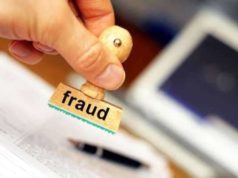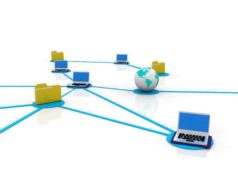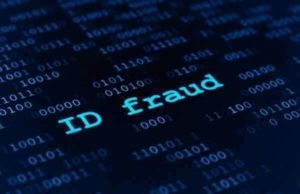
Understanding Credit Card Fraud: What It Is and How to Protect Yourself
Credit card fraud is a growing problem, with billions of dollars lost annually due to fraudulent activities. It can happen to anyone, and the consequences can be severe. It is essential to understand what credit card fraud is, how it happens, and how to protect yourself from becoming a victim.
What is Credit Card Fraud?
Credit card fraud is when someone uses your credit card or credit card information without your permission. It can happen when a thief steals your credit card, when someone uses your credit card information online, or when a scam artist scams you into providing your credit card information.
Types of Credit Card Fraud
There are several types of credit card fraud, including:
1. Skimming: Skimming occurs when your card is run through a skimming device that records your credit card information. The thief later uses that information to make purchases.
2. Phishing: Phishing involves scammers who create fake websites or emails that look like legitimate ones. They ask for your credit card information, which they use to commit fraud.
3. Identity Theft: Identity theft occurs when someone steals your personal information and uses it to obtain credit cards or other loans.
4. Counterfeit Cards: Scammers can create counterfeit credit cards using your information or someone else’s, allowing them to make purchases in your name.
How to Protect Yourself from Credit Card Fraud
There are several steps you can take to protect yourself from credit card fraud, including:
1. Check your credit card statements regularly to ensure all charges are legitimate.
2. Be wary of any unsolicited emails, calls, or texts asking for your personal or credit card information.
3. Keep your credit card information safe and secure. Never give it out unless you know the recipient is legitimate.
4. Enable two-factor authentication on your accounts to add an extra layer of security.
5. Use strong passwords and change them regularly.
6. Use credit monitoring services to get alerts of any suspicious activity.
7. Report any lost or stolen credit cards immediately to your card issuer.
8. Use your credit card only on secure and reputable websites.
Conclusion
Credit card fraud can happen to anyone, but by understanding what it is and how it happens, you can take steps to protect yourself. Be vigilant with your personal and credit card information, monitor your accounts regularly, and report any suspicious activity immediately. Protecting yourself from credit card fraud is essential to ensure that you don’t become a victim of this growing problem.
What is Credit Card Fraud?
Credit Card Fraud is a type of purposeful misrepresentation involving the misuse credit cards – or similar credit-based monetary systems. Credit Card Fraud can take place within a variety of settings, which include computer networks, the internet, E-Commerce and the online marketplace, and virtual-communicative activity; any or all of these methods may be undertaken in order to illicitly attain credit card information belonging to a victim of credit card fraud.
Due to the advent of technology, credit card fraud is not uncommon within a virtual setting, which can include the illegal and unlawful electronic access of personal financial information, the illicit attainment of personal electronic records or financial information, and the unethical and fraudulent misuse of credit cards belonging to other individuals.
Damage Caused by Credit Card Fraud
Although various means of Identity Theft exist, the multitude of results of this crime that span the severity of consequence are fairly uniform; victims of identity fraud my experience the loss of privacy, safety, security, and finances. Identity Theft undertaken by individuals engaging in credit card fraud may be committed over the computer with regard to the reception of stolen property purchased as a result of illegally obtaining another individual’s financial data and credit card information.
Due to the fact that the ability to purchase items and services through the internet creates a virtual marketplace in which credit card numbers – as well as other pertinent financial information – must be entered into a websites, the risk for hijacked information and subsequent Identity Theft is increased. The following are some measures taken by online marketplaces in order to avoid Identity Theft suffered by their customers and clients.
Credit Card Fraud Litigation
While the chance exists in which credit card fraud was committed without malicious or criminal intent, a prosecuting attorney engaging in criminal litigation must prove that criminal intent existed within an allegation of Credit Card Fraud.
In certain cases, commercial retailers – both physical and virtual – may require the production of accompanying identification in the midst of a credit card purchase. Furthermore, relatives and family members using credit cards belonging to other family members may be liable for credit card fraud charges.
How to Prevent Electronic Identity Theft
Methods undertaken in order to prevent Credit Card Fraud may include the implementation of Secured websites, required Passwords and heightened profile-based security measures, Telephone or email-based confirmation methods with regard to online purchases, the investigation of purchases or activities that do not follow specific – and individual – trends of behavior, and contractual compensatory means and financial restitution sponsored by the commercial operation in question.
Companies providing methods of Identity theft prevention – including Lifelock, which is one of the most widely-acclaimed and recognized – have employed protective measures ranging from securing online perimeters to communicative transmission inquiring about the validity of unsubstantiated activity; these types of companies have found their respective niche within the prevention of identity fraud upon providing protection in lieu of infringing on personal privacy.

























